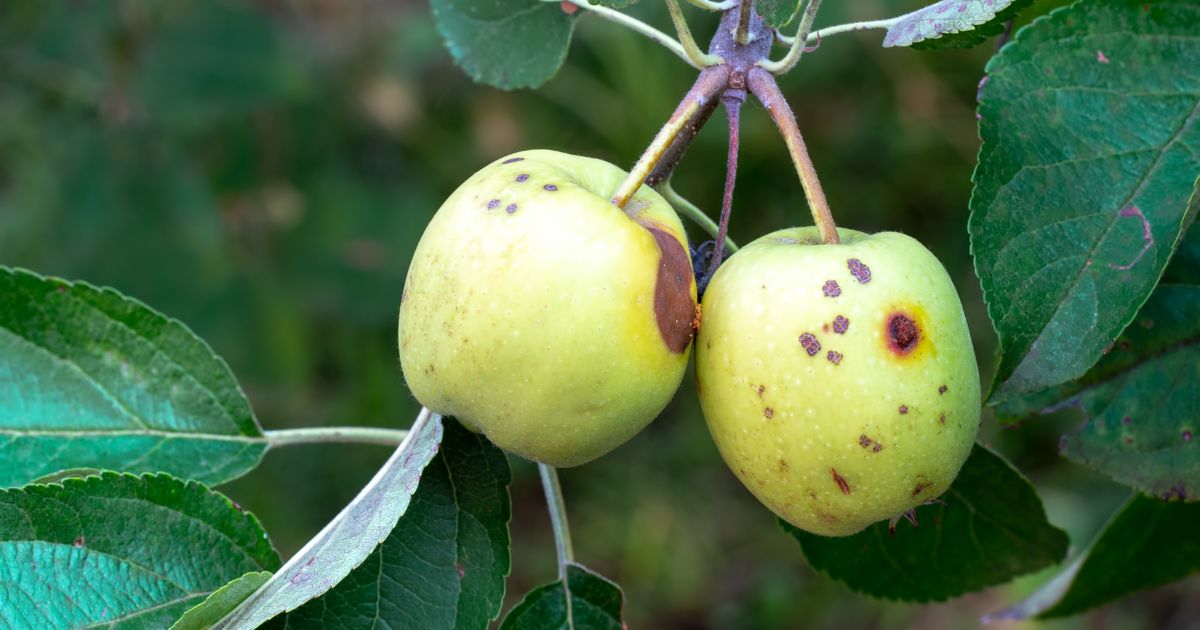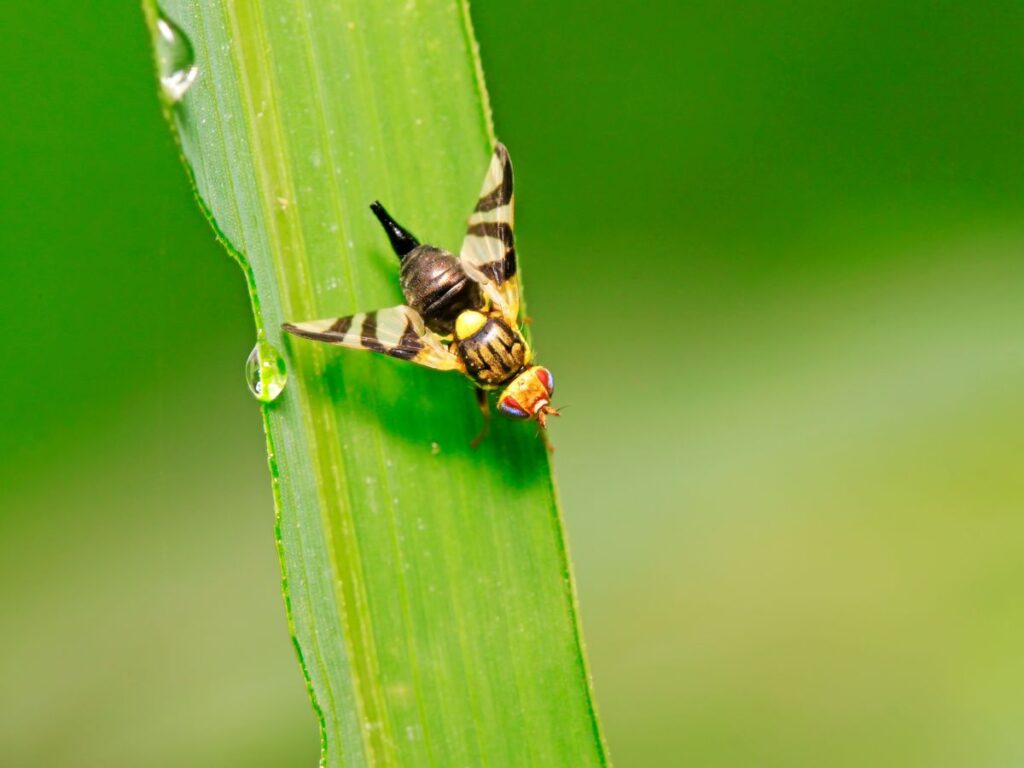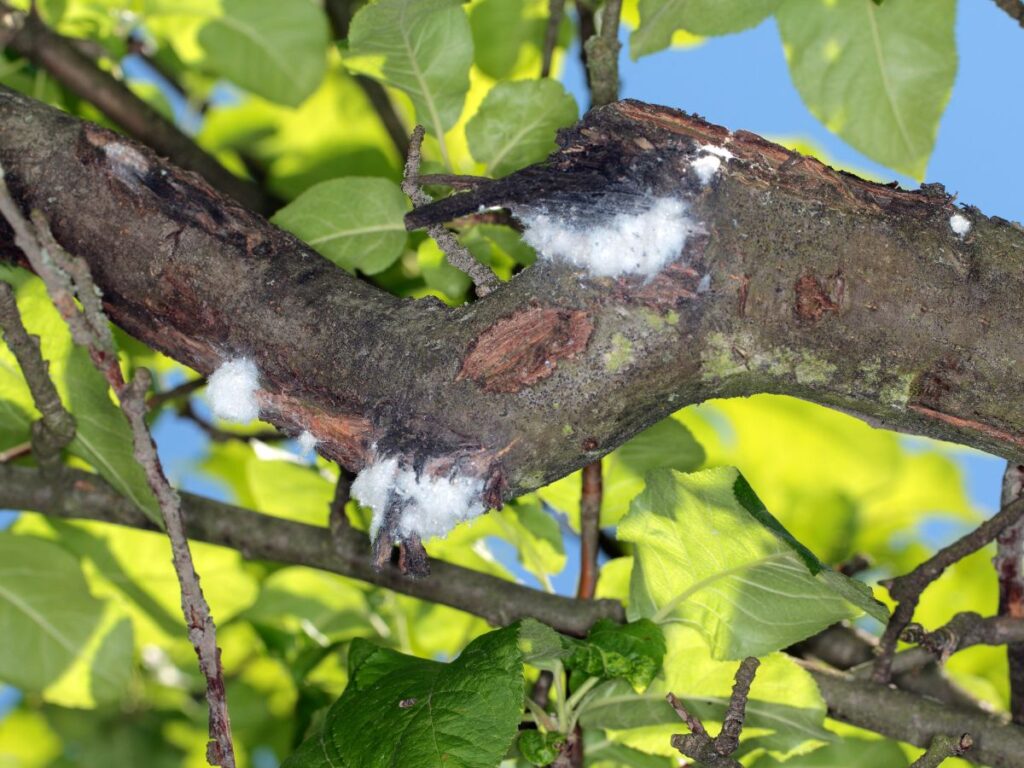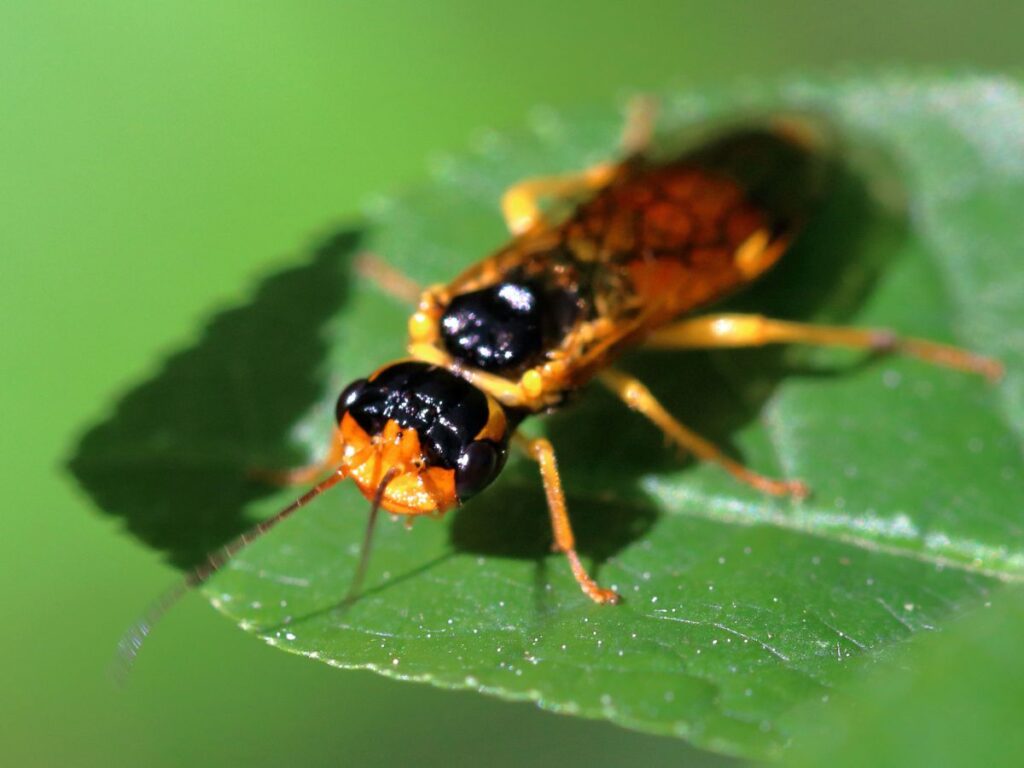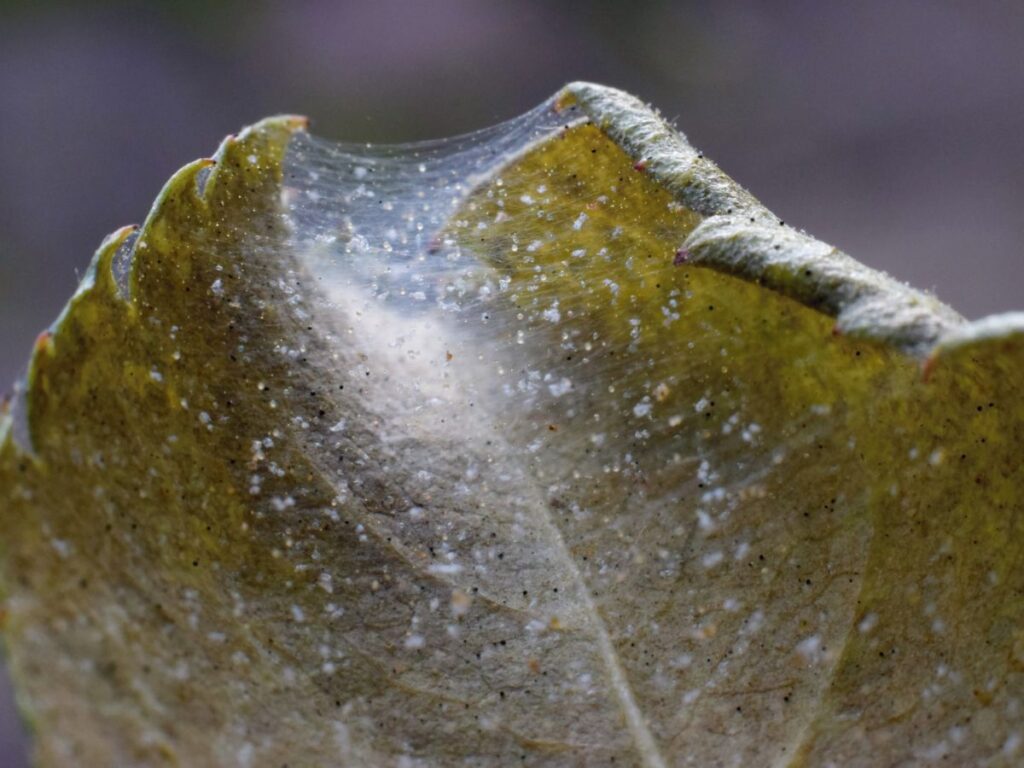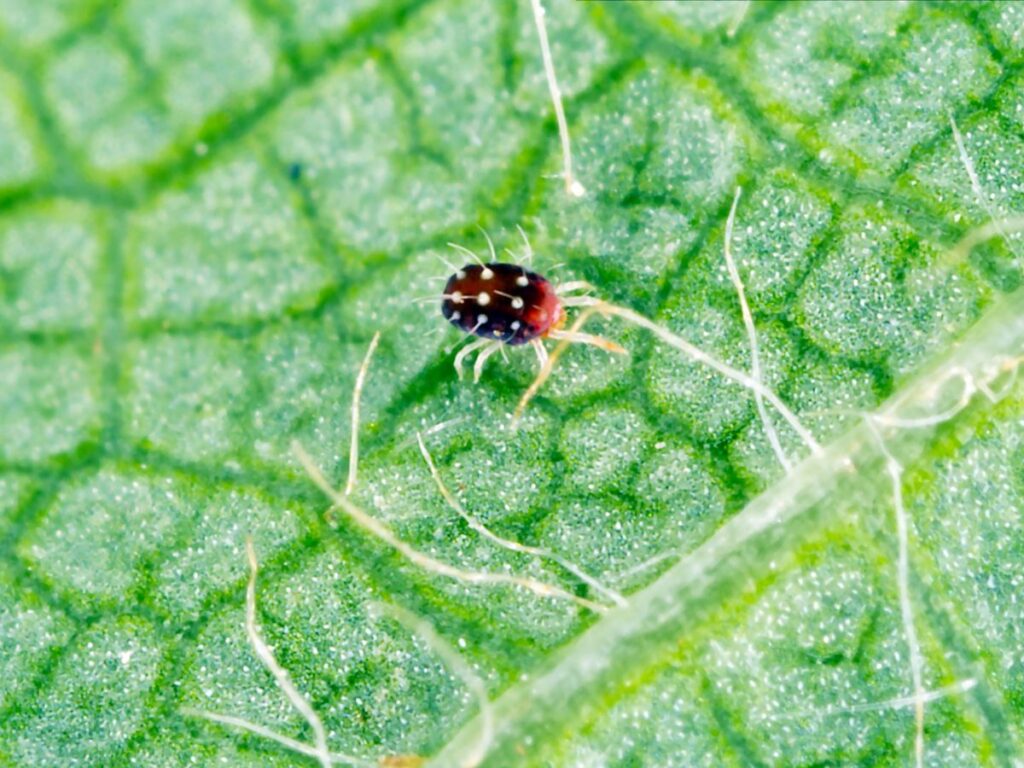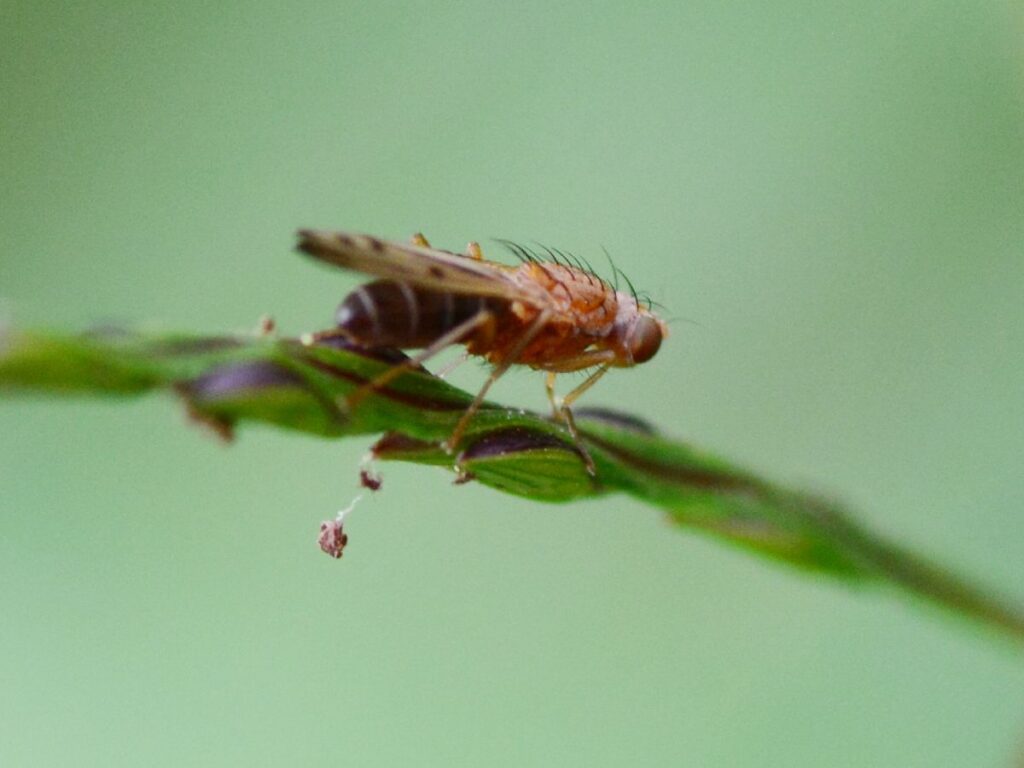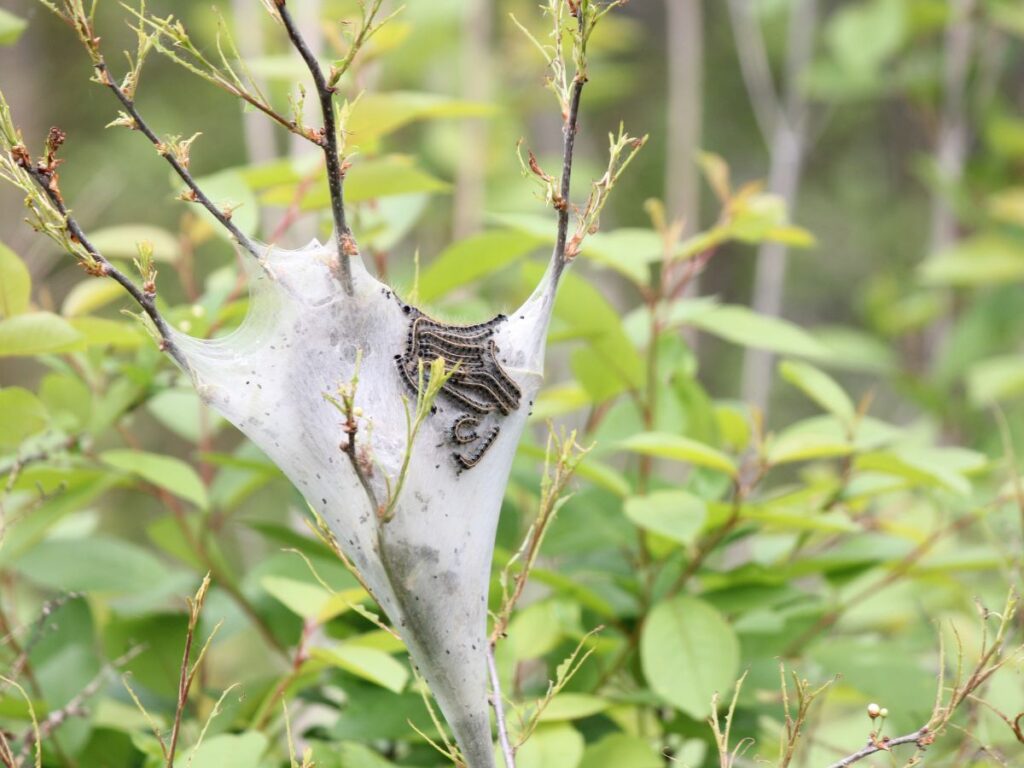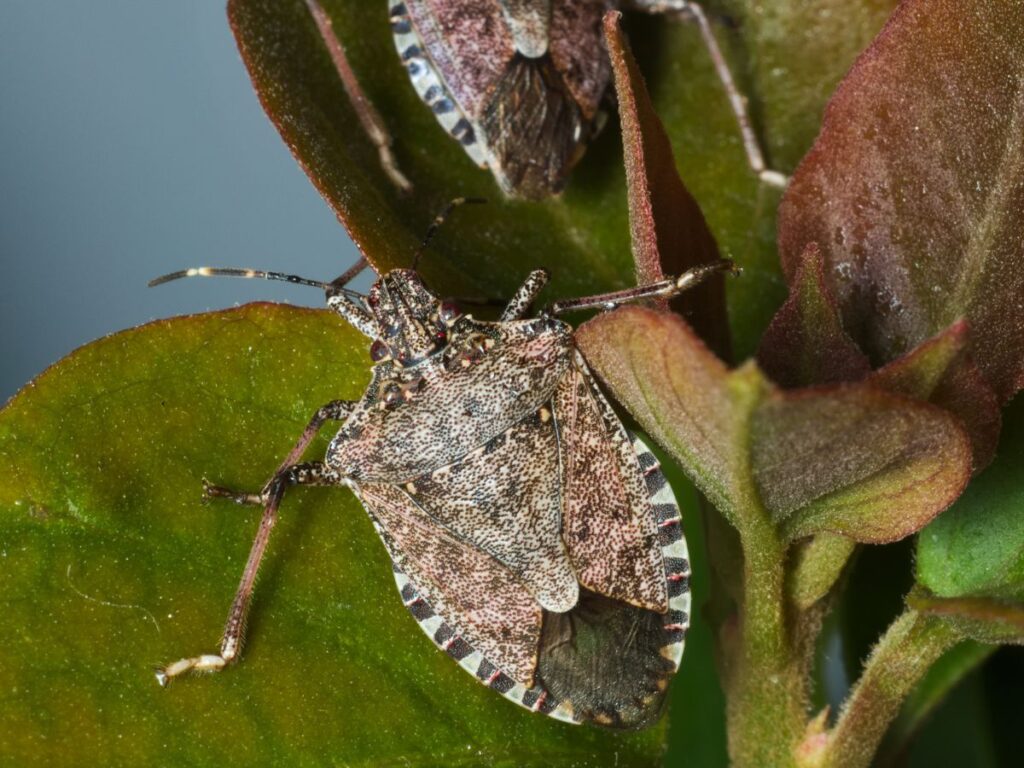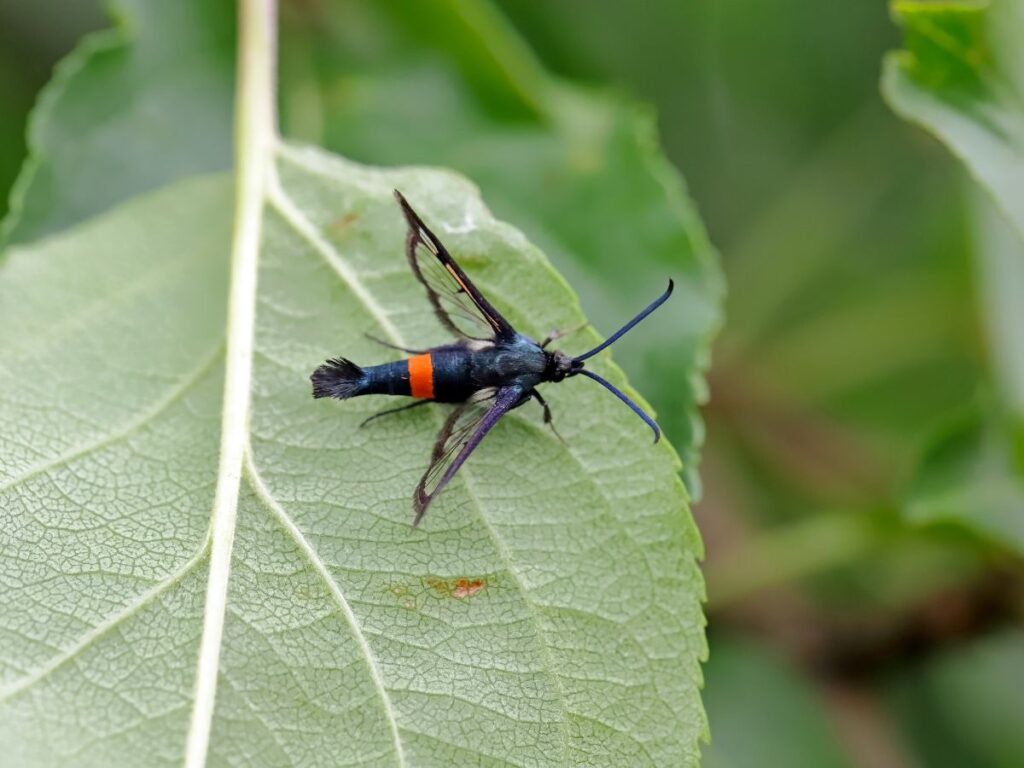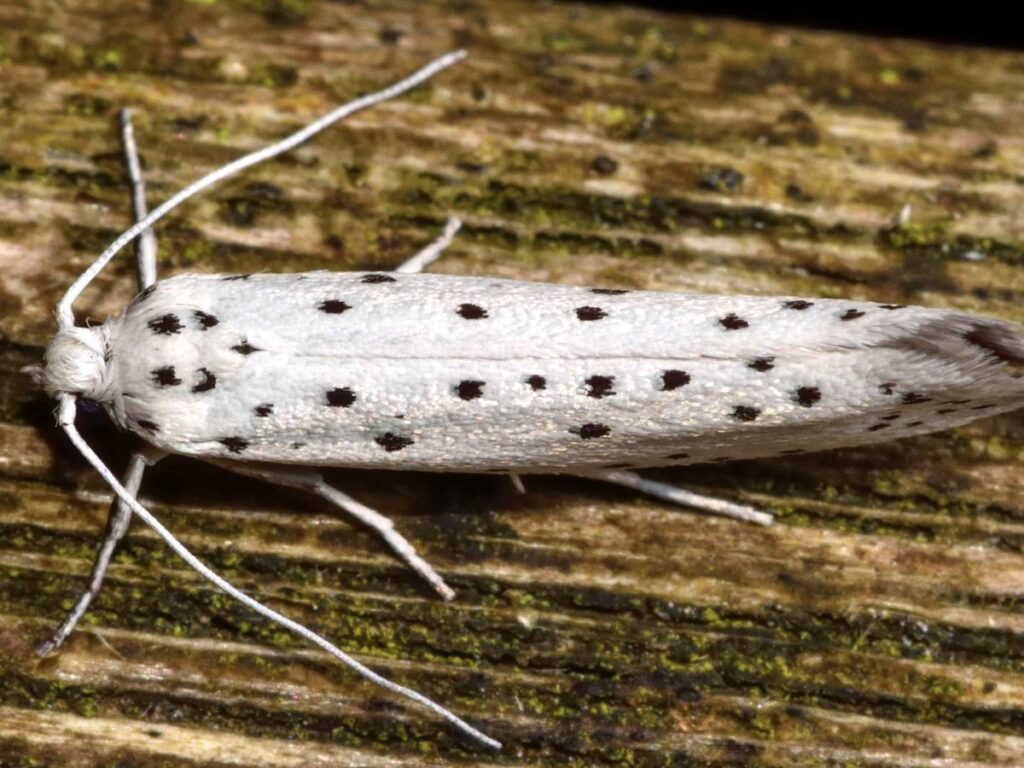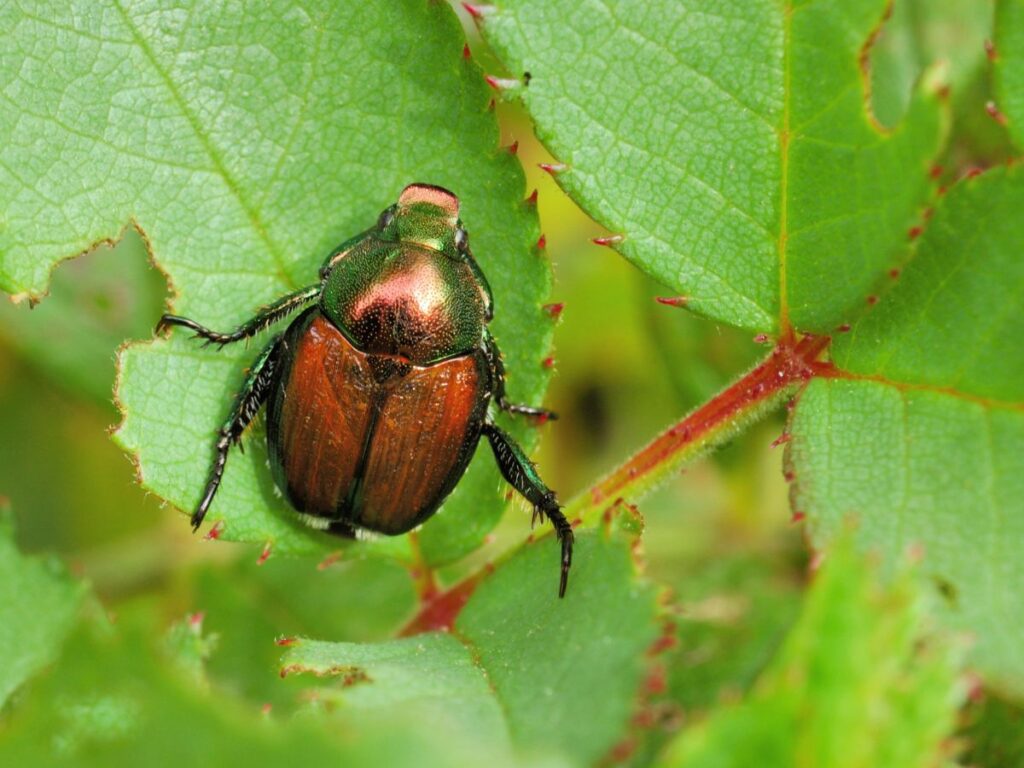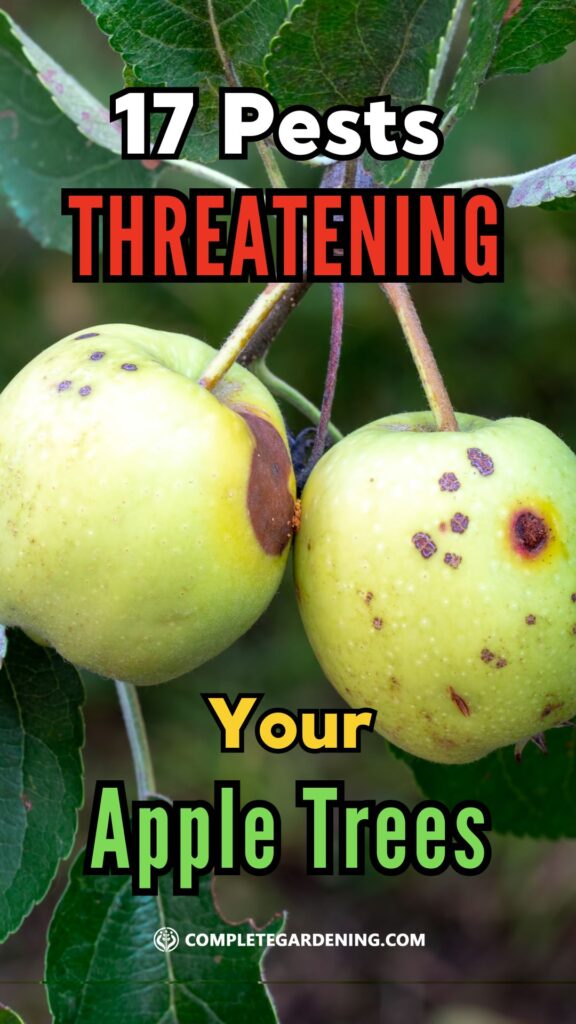Have you ever watched your apple tree bloom with the promise of sweet, crisp fruit, only to find your harvest spoiled by unseen pests? You’re not alone.
Many of us plant apple trees envisioning fragrant blossoms and bountiful autumns, but between planting and picking lies a hidden battleground against tiny invaders and silent saboteurs.
It’s frustrating when your hard work is undermined by forces you didn’t even know were there.
But what if you could turn the tide in this quiet war and protect your precious apples from these stealthy threats?
In this article, we’ll explore effective strategies to safeguard your apple tree, ensuring that your journey from blossom to harvest is as rewarding as you imagined.
Let’s delve into how you can outsmart these pests and finally enjoy the fruits of your labor without unwelcome surprises.
1. Codling Moth (Cydia pomonella)
Perhaps the most infamous of apple pests, the codling moth is the archetype of the worm in the apple.
The adult moths lay eggs on leaves or developing fruit, and once hatched, the larvae bore into the apple’s core, leaving behind frass, an unappetizing mix of waste and chewed material. The damage isn’t just aesthetic; it can render the fruit inedible.
Controlling codling moths involves timing. Pheromone traps can monitor moth activity, signaling when to apply treatments like horticultural oils or biological pesticides. It’s a dance with nature, aligning our interventions with the pest’s life cycle.
2. Apple Maggot (Rhagoletis pomonella)
The apple maggot fly resembles a small housefly but poses a significant threat. After mating, females puncture the apple’s skin to lay eggs, leading to tunnels throughout the fruit as larvae feed. The result is a pitted, misshapen apple that nobody wants to eat.
Sticky red sphere traps mimic the appearance of ripe apples, luring and capturing adult flies. Regularly picking up and disposing of fallen fruit can break the pest’s life cycle by removing breeding sites.
3. Woolly Apple Aphid (Eriosoma lanigerum)
These aphids are covered in a white, waxy substance that gives them a woolly appearance. They feed on sap, causing galls and cankers on branches and roots. The damage weakens the tree and opens pathways for disease.
Beneficial insects like ladybugs and lacewings are natural predators. Encouraging their presence can keep aphid populations in check. When necessary, horticultural soaps and oils offer a direct method of control without harsh chemicals.
4. Apple Sawfly (Hoplocampa testudinea)
Though less well-known, the apple sawfly can cause significant early-season damage. Larvae tunnel just beneath the apple’s skin, leading to scarring and premature fruit drop.
Monitoring is key. White sticky traps can capture adults, indicating when to apply targeted treatments. Thinning affected fruit early can reduce the number of larvae that reach maturity.
5. Spider Mites (Tetranychus spp.)
These tiny arachnids thrive in hot, dry conditions, feeding on the undersides of leaves and causing stippling or bronzing. Severe infestations can lead to leaf drop, stressing the tree.
Maintaining adequate irrigation reduces stress on the tree and discourages mite outbreaks. Introducing predatory mites offers a biological control method, a reminder that sometimes the solution is more life, not less.
6. San Jose Scale (Quadraspidiotus perniciosus)
This armored scale insect attaches to bark, leaves, and fruit, sucking sap and injecting toxins. Infestations can cause red spots on fruit and weaken the tree over time.
Dormant oil sprays applied in late winter can smother overwintering scales. Monitoring with black tape traps helps determine the presence of crawlers, the vulnerable stage susceptible to insecticides.
7. Plum Curculio (Conotrachelus nenuphar)
A weevil that doesn’t limit itself to plums, the plum curculio lays eggs in young fruit, leaving crescent-shaped scars. Larvae feed inside, causing fruit to drop prematurely.
Shaking branches over a sheet early in the morning can dislodge adults for collection and disposal. Surrounding the tree with a trap crop or applying kaolin clay can deter egg-laying.
8. European Red Mite (Panonychus ulmi)
Similar to spider mites, these pests feed on leaves, causing them to turn bronze and reducing photosynthesis. High populations can defoliate a tree.
Regular monitoring and promoting predatory mites help manage red mite populations. If necessary, miticides can be used selectively to preserve beneficial insects.
9. Apple Leafcurling Midge (Dasineura mali)
This tiny fly’s larvae cause leaves to curl tightly, stunting growth and reducing vigor. Severe infestations can impact fruit production.
Pruning and destroying affected shoots removes larvae before they mature. Sticky traps can monitor adult activity, aiding in timing any necessary treatments.
10. Eastern Tent Caterpillar (Malacosoma americanum)
Recognizable by the silk tents they build in tree crotches, these caterpillars feed on leaves, potentially defoliating branches.
Manual removal of tents in early morning or late evening when caterpillars are inside is effective. Encouraging birds and beneficial insects adds a natural control layer.
11. Brown Marmorated Stink Bug (Halyomorpha halys)
An invasive species, this stink bug feeds on a wide range of plants, including apples. They pierce fruit, causing sunken spots and deformities.
Removing nearby host plants and using pheromone traps can reduce populations. Sealing cracks and crevices in nearby structures prevents them from overwintering indoors.
12. Apple Blotch Leafminer (Phyllonorycter crataegella)
These tiny moth larvae mine between leaf surfaces, creating blotchy, translucent spots. Severe infestations can reduce photosynthesis and weaken the tree.
Promoting natural predators and parasitic wasps helps control leafminer populations. In some cases, insecticidal sprays timed to adult emergence are warranted.
13. Apple Clearwing Moth (Synanthedon myopaeformis)
This moth’s larvae tunnel into the bark and wood, weakening branches and making them susceptible to breakage. The damage isn’t always apparent until it’s extensive.
Sticky trunk bands can capture emerging adults. Removing and destroying infested wood helps reduce the population.
14. Fire Blight (Erwinia amylovora)
While not an insect pest, fire blight is a serious bacterial disease that affects apple trees, causing blossoms, fruit, and branches to blacken and wilt as if scorched by fire.
It enters through blossoms or wounds and can quickly spread throughout the tree and to neighboring trees.
Managing fire blight involves pruning out infected branches at least 12 inches below the visible symptoms, sterilizing tools between cuts. Planting resistant varieties and applying appropriate bactericides during bloom can reduce the risk of infection.
15. Apple Ermine Moth (Yponomeuta malinellus)
These moths lay eggs on apple trees, and the emerging caterpillars create communal webs as they feed on leaves. Severe infestations can defoliate trees, affecting fruit production and overall health.
Removing and destroying webs during the winter reduces the number of overwintering larvae. Pheromone traps can monitor adult moth activity, aiding in timing insecticide applications if necessary.
16. Gypsy Moth (Lymantria dispar)
An invasive species, gypsy moth caterpillars feed on the leaves of apple trees among many other species. Heavy infestations can lead to significant defoliation.
Monitoring egg masses on trunks and branches during winter allows for manual removal before hatching. Biological pesticides like Bacillus thuringiensis (Bt) are effective against young caterpillars.
17. Japanese Beetle (Popillia japonica)
These beetles feed on apple tree foliage and fruit, skeletonizing leaves and causing cosmetic damage to fruit. Their feeding can stress trees and reduce photosynthetic capacity.
Handpicking beetles in small orchards can reduce numbers. Neem oil and pyrethrin-based insecticides can control populations. Introducing milky spore disease to the soil targets the larval stage, reducing future beetle emergence.
17 Pests Threatening Your Apple Trees
Protecting your apple trees from pests is a multifaceted task that blends science, art, and a bit of intuition.
It’s about more than just safeguarding your harvest; it’s about participating in the rhythms of the natural world.
By staying informed, remaining vigilant, and choosing sustainable practices, you not only ensure the health of your apple trees but also contribute to a healthier environment.
And when you finally bite into that crisp, clean apple, you’ll taste not just sweetness but the rich rewards of mindful cultivation.
